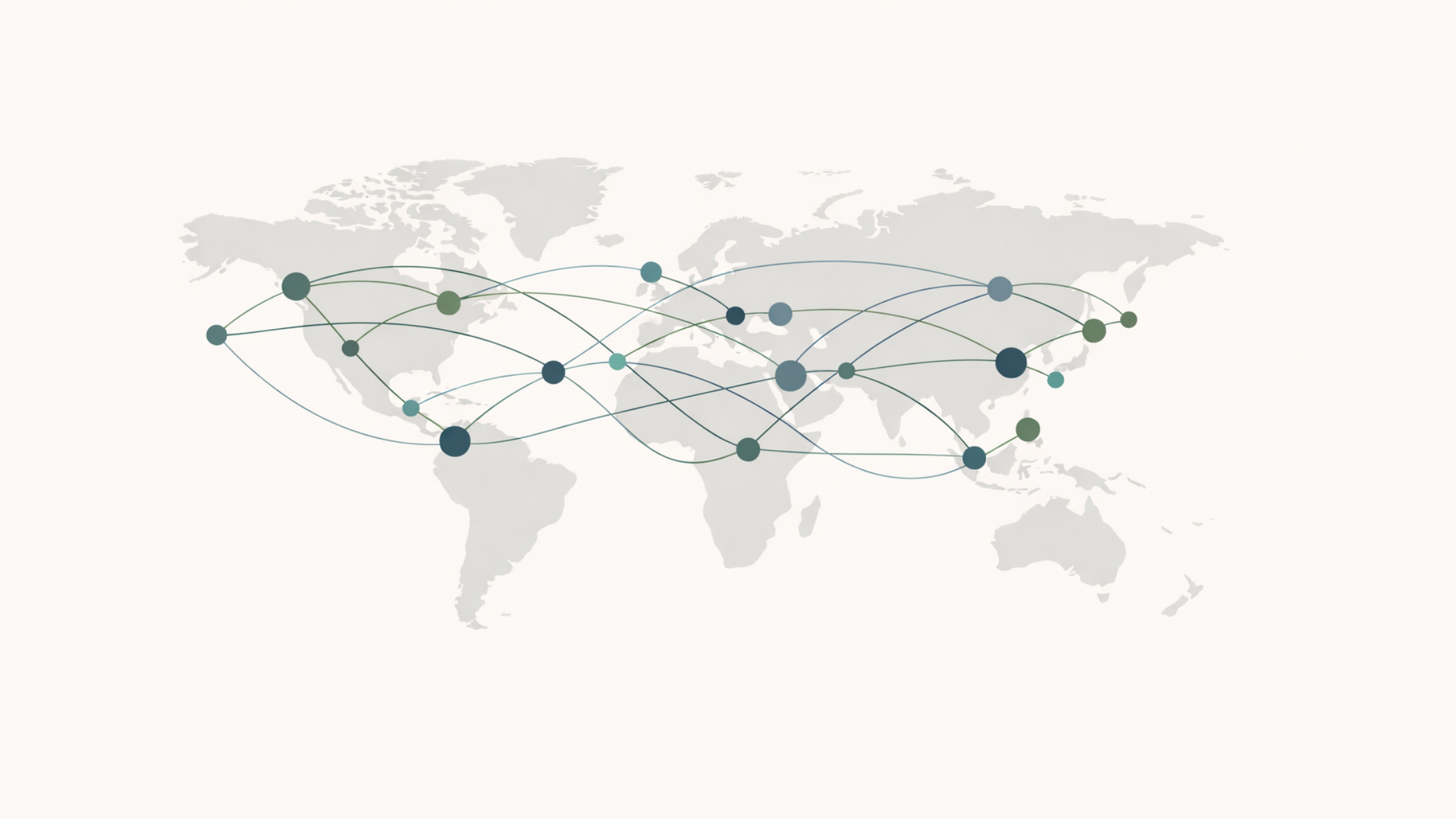Want to know how your company’s social performance compares to that of its closest competitor? It can be hard to get even a general idea, without a lot of digging.
You might first check out some websites. Look at your own company’s sustainability report (if it has one), check out your competitor’s report, and look for reports from a few suppliers and a couple of key customers. But, each report is likely to have a different format and all of this data is “self reported.” Can you trust it?
You can get corporate social responsibility (CSR) data from at least six other sources: (1) Socially Responsible Investing (SRI) analytical firms such MSCI, IW Financial, Vigeo, GovernanceMetrics, Asset4, Trucost, or EIRIS; (2) standards organizations such as the Global Reporting Initiative (GRI), B-Corp, or the International Standards Organization (ISO); (3) Non-governmental organizations (NGOs) such as Carbon Disclosure Project, Climate Counts, or Burma Campaign; (4) Government-related sources such as the EPA, DOD, or the UN Global Compact (UNGC); (5) crowd-based sites such as WikiPositive and Glassdoor; and (6) product-level ratings, supply-chain initiatives, and certification systems such as those developed by GoodGuide, LEED, Wal*Mart (Sustainability Consortium), and Underwriters Laboratories (UL Environment).
The good news is that there is a lot of data available. The bad news is that the sources are scattered and they use a lot of acronyms and jargon. The research tool we built at CSRHUB ingests data from more than 90 of these sources and generates ratings on more than 5,000 companies. But, we have at least some data on tens of thousands of other companies and expect the numbers to grow. For instance, our friends at BigRoom have already built a list of more than 300 product certification schemes. Checking all of this data for both a company and its peers is daunting—but it offers tons of insights and opportunities for constructive action.
Future posts will start a tour through these sources—with some suggestions on how to use each. By the time we’ve finished, there will probably be another five or ten new sources to look at. We appreciate the hard-working people who ask tough questions of companies to get us this data. It is better to have crowds of ratings than to stand alone.

.png)
